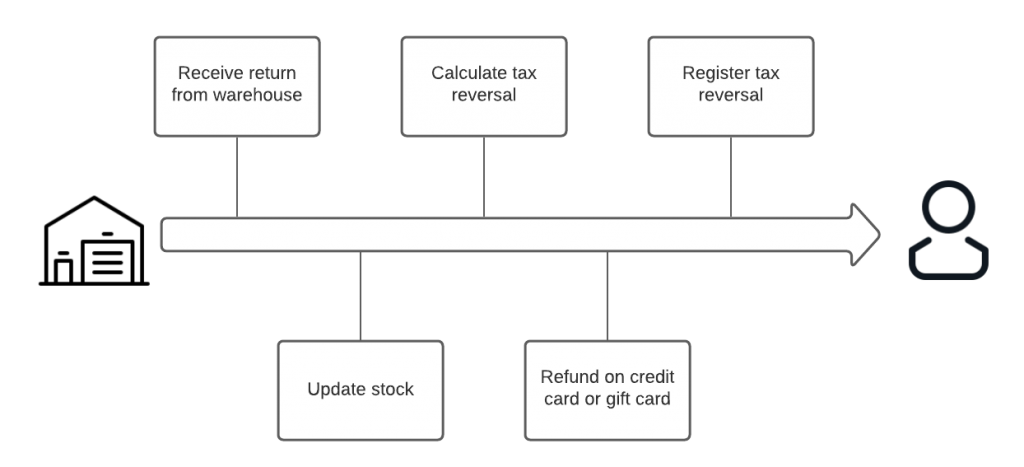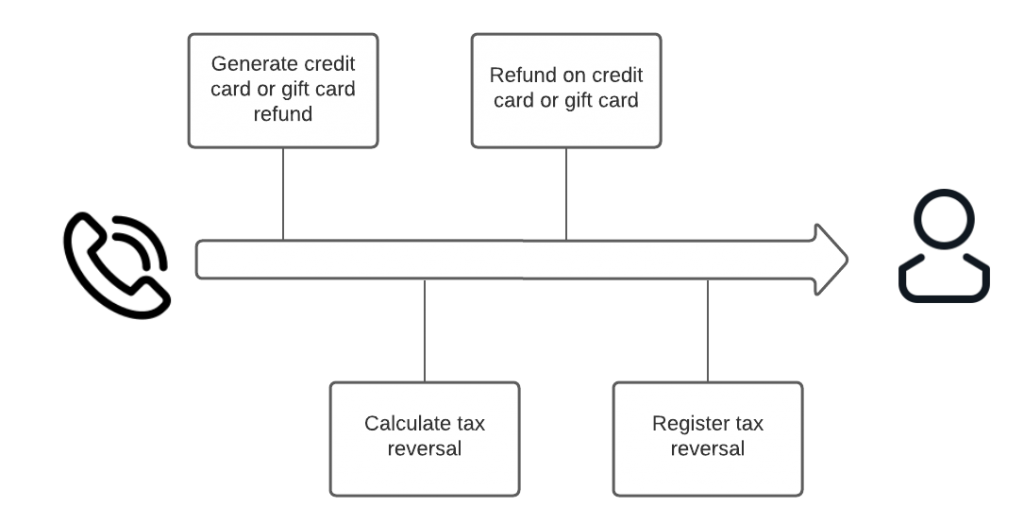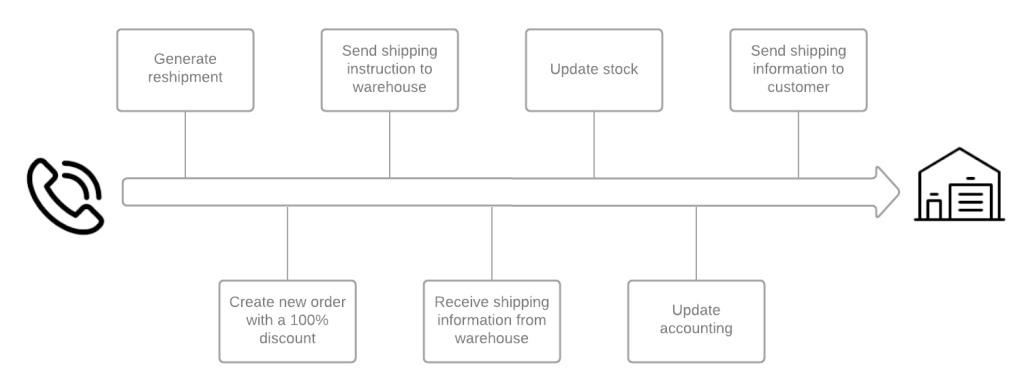The TrackIt team was recently tasked by a large e-retailer to rebuild its entire order management system (OMS) and implement a solution that integrates multiple third-party APIs (Shopify, Avalara, Accertify, etc.) used by the company. The rebuilding process involved strategizing, architecting, and implementing a complete and integrated e-commerce solution.
This article aims to provide companies and developers aspiring to implement e-commerce pipelines with a comprehensive understanding of the different factors that go into implementing a successful order management system.
Contents
What is an E-Commerce Pipeline? What is an OMS?
An e-commerce pipeline is a set of components, data processing elements, and services connected in a series that lead prospective customers through the different stages of the sales process.
An order management system or OMS is a single centralized system that helps retail businesses digitally manage and automate the lifecycle of purchase orders. An OMS tracks all the necessary information and performance data required to effectively manage an online retail business (from order creation to customer delivery) and provides both employees and customers with the ability to track orders from start to finish. In short, an OMS helps a retail business streamline and automate its e-commerce pipeline.
Order Flows
The following order flows describe the various stages an order goes through during the order management process.




How to Implement a Successful OMS?
The TrackIt team has identified 7 key considerations when building an OMS:
1. Reliability
An order management system’s reliability is defined by two things: minimum downtime and scalability; i.e. the ability to handle huge volumes of orders with minimum delays. Most e-commerce websites have peak website traffic hours during which order volumes increase drastically within a very short period of time and other periods where website traffic is minimal. Robust order management systems are able to quickly scale up and down to address the often volatile variations in order traffic with minimum downtime.
2. Resilience
A resilient OMS is an error-tolerant OMS. Effectively implemented order management systems are equipped with the necessary governance controls and tools to ensure that errors are quickly resolved by qualified staff with minimal hassle. With the right governance controls, companies can establish filters to ensure that the simplest issues are resolved by non-technical staff and only the more challenging technical issues reach the engineers.
3. Feature Flexibility
The most effective order management systems are also those that are constantly evolving through the addition of new features. These features accelerate, streamline, and simplify the order management process and enable e-commerce businesses to consistently deliver better buyer experiences to their customers. Examples of features in an OMS could include customer support (customer complaints, issues, and reshipments, and order returns) and reporting (OMS performance data, business analytics, etc.) Companies looking to implement successful order management systems should therefore ensure that adding new features is as simple a process as possible.
4. Reporting
Data and analytics are vital to the implementation of a successful order management system. Analytics help e-commerce businesses assess the overall effectiveness of their order management processes and help pinpoint problematic areas. Insights gathered from data also allow e-commerce businesses to make better-informed business decisions such as identifying and capitalize on trends and opportunities. Examples that illustrate the utility of reporting include using analytics to assess the effectiveness of seasonal marketing campaigns, identifying peaks in website traffic, creating limited-time offers, etc.
5. Accounting
Ensuring that the accounts and ledgers in the order management system meet the necessary region-specific tax and customs compliance requirements is an important factor that must be taken into consideration when building.
6. Cost-Effectiveness
Cost-effectiveness is key to implementing a robust and sustainable order management system. E-commerce businesses and developers that are building Order Management Systems should ensure that additional costs are prevented whenever necessary. The scalability of the OMS plays an important role in its cost-effectiveness. Companies can avoid unwanted costs by designing an OMS that scales up and down based on website traffic instead of overprovisioning servers that are not required 24×7. One possible choice that companies can consider to ensure scalability and cost-effectiveness is to adopt a Serverless cloud-native approach when building their order management systems.
7. Region-Specific Compatibility & Adaptability
The order management system needs to be able to seamlessly switch between languages. Currencies and fluctuations in exchange rates must also be taken into account and constantly updated. Lastly, the OMS also needs to provide the right SLAs (service level agreements) for orders to ensure that they are prioritized and attended to in an appropriate manner.
For Companies Looking to Implement Order Management Systems…
Architecting and implementing an OMS is often an intricate and lengthy process that involves making multiple precise and considered choices. Companies looking for assistance in building an OMS should ensure that they choose a partner with the necessary experience and expertise in implementing successful order management systems.
About TrackIt
TrackIt is an international AWS cloud consulting, systems integration, and software development firm headquartered in Marina del Rey, CA.
We have built our reputation on helping media companies architect and implement cost-effective, reliable, and scalable Media & Entertainment workflows in the cloud. These include streaming and on-demand video solutions, media asset management, and archiving, incorporating the latest AI technology to build bespoke media solutions tailored to customer requirements.
Cloud-native software development is at the foundation of what we do. We specialize in Application Modernization, Containerization, Infrastructure as Code and event-driven serverless architectures by leveraging the latest AWS services. Along with our Managed Services offerings which provide 24/7 cloud infrastructure maintenance and support, we are able to provide complete solutions for the media industry.

